A business succession plan can become fairly complex. Every successful plan will address three fundamental issues—who, what, and when. While the who and the what are critical, handling the when will require the right short- and long-term plans.
By Stephen K. Lehnardt
Private Client Services Attorney
Two Plans
For most business owner’s the most satisfying plan to envision is the plan for what happens way down the line in the future when they are ready to give up the business through retirement or sale—a “succession” plan. Designing a succession plan is all about growth, profit and the enjoyment of the value you, the owner, created with your partners and employees.
On the other hand, planning for what happens to the business if the you die tonight—a “continuation” plan—is another, almost more critical plan, to protect your business and its value for your heirs if the “succession” happens before you intend.
Blueprint a Seamless Future Succession
Imagine your business as a meticulously designed building. Every brick and beam has purpose, and each element contributes to the value and strength of the whole. Whether you nurture a family enterprise or direct a large corporate business, a comprehensive and dynamic succession plan lays the foundation for seamless transitions of ownership and leadership and improves stability, manages risk, and secures your business’s value.
What is required to identify and prepare successors? Will they be hired or trained from within? Is continuity of family or employee ownership important? Or is there a strategic outside business, competitor or investor that can take the business into the future? If internal succession—either family or key employees—what training and/or mentorship will they need to be ready to take over the reins?
Smoke Alarms and Fire Suppression Systems
Just as smoke alarms and sprinklers are designed to minimize fire damage and save the building, a continuation plan can minimize the disruption and damage to your business, if you die or become incapacitated today. We all know people who experienced accident and unforeseen crisis. Who will run your business tomorrow if you can’t?
If you are the only person with authority to make certain transactions and become disabled, a guardian might have to be appointed to take over. A guardianship can be a time-consuming legal process. Alternatively, a Power of Attorney may be in place, but is that person the right person to step in to run your business? If not, a continuation plan will identify and provide authority to the right people when needed.
Your continuation plan involves thinking through and planning for the continuation of critical immediate, short- and long-term business functions if you are not around. What major decisions are needed for: day-to-day operations, selling or purchasing assets, managing financing, business goals, human resources and more?
Periodic Redesign
Just as the interior of homes and buildings transform over time, your business and people change and evolve. Your succession and continuation plan blueprints may need periodic adjustment or redesign to meet the growth of your business, your assets, and your goals.
Proper planning has, at all times, one foot in the future and one foot in the present because you never know when the unthinkable could happen.
Do you have a plan in place? If you do, does it take everything into consideration? If you don’t, now may be the time to start putting the pieces into place. Even if you have not yet gotten your thoughts together for a long-term plan, you absolutely must have the short-term plan safely in place.



